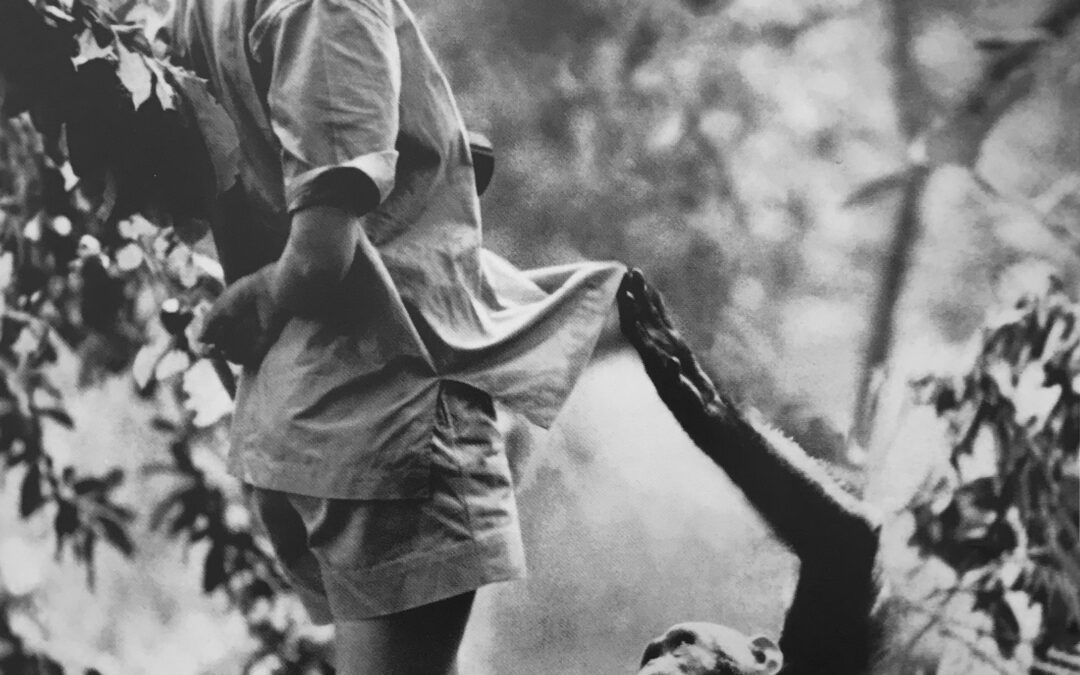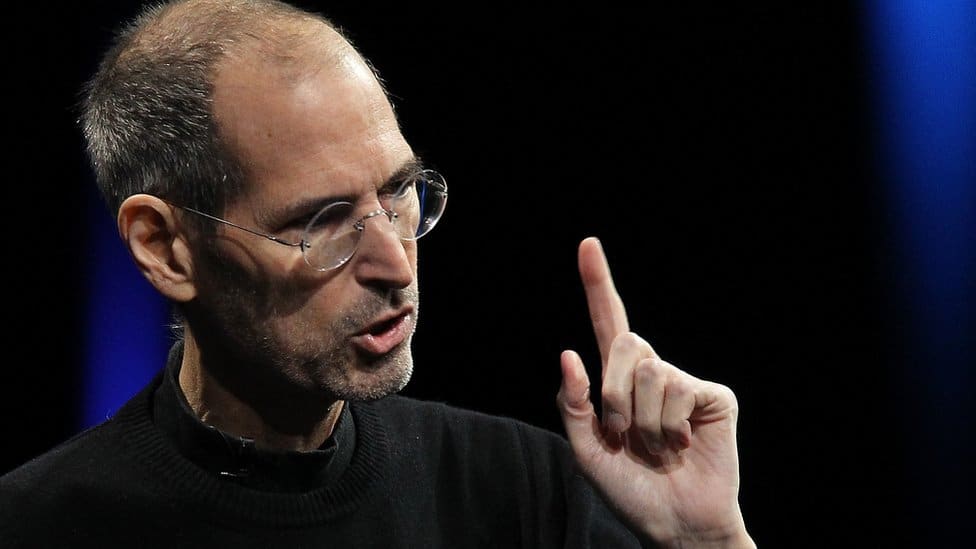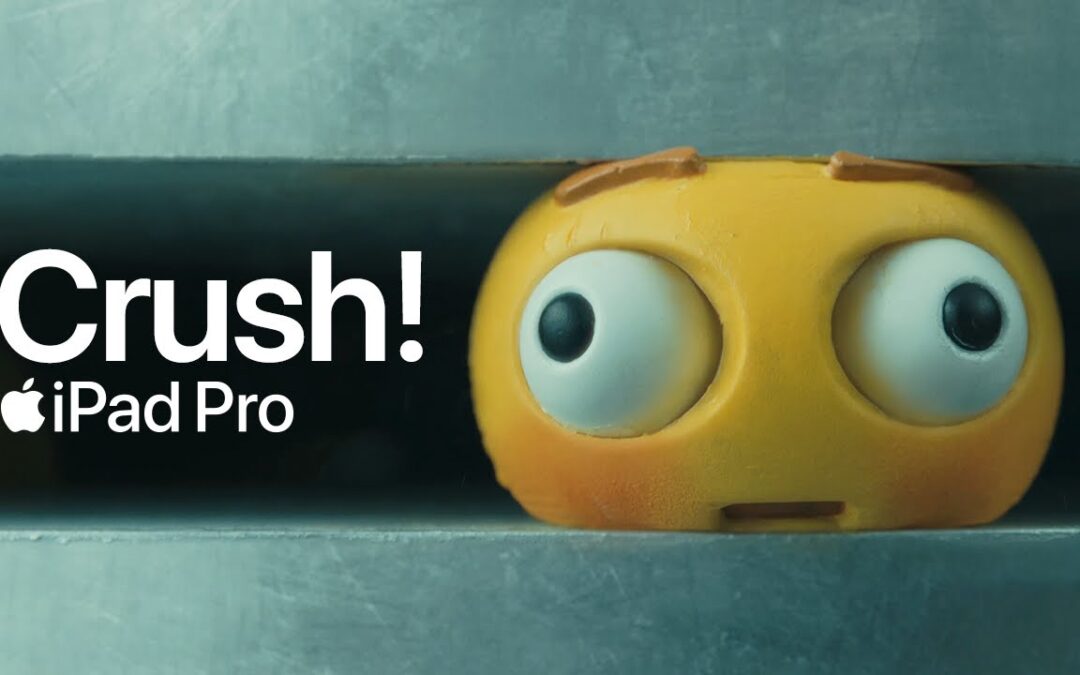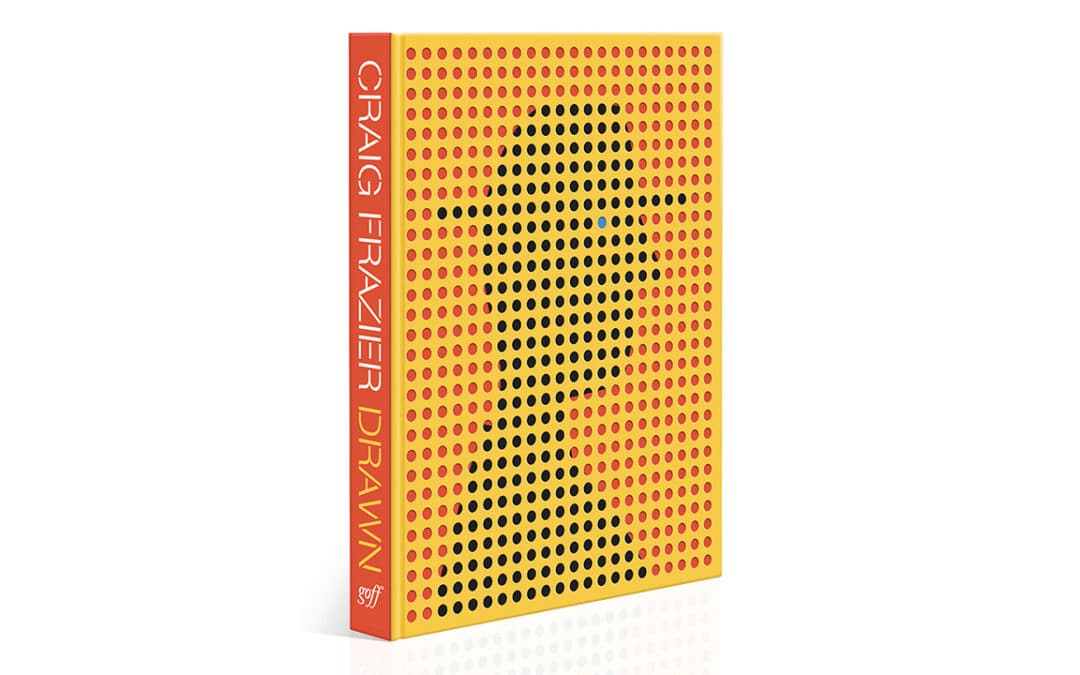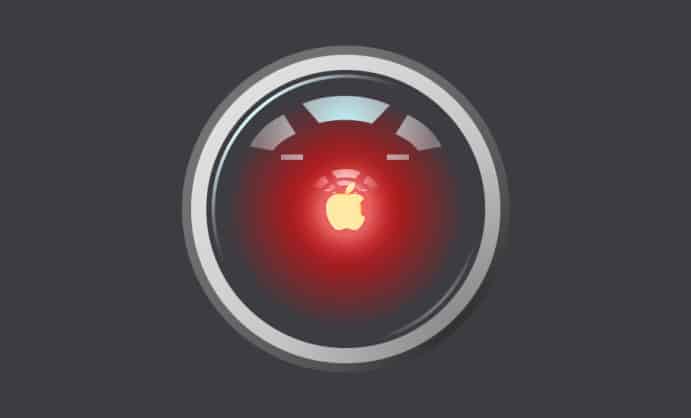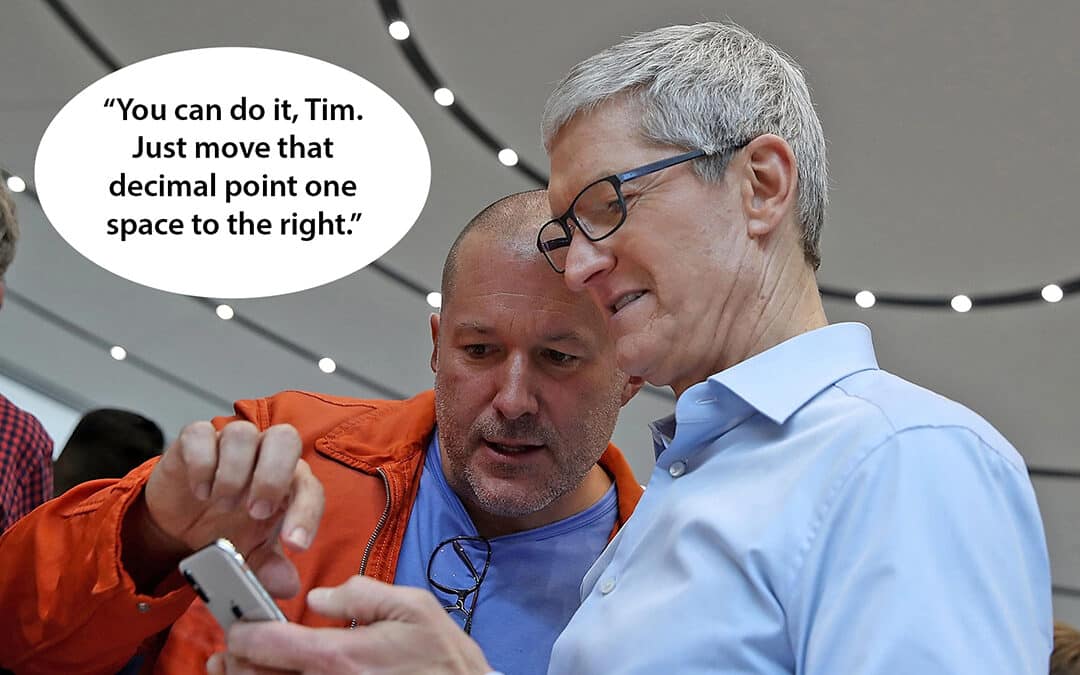
You can fault Tim Cook for a number of things. Number one on the list, of course, is that he is not Steve Jobs. The nerve of that man!
What made Steve an effective and visionary leader was that his values were so crystal clear. He inspired Apple’s troops to excel in innovation, design and simplicity.
But he was also passionate about something that seems almost “old school”—the customer experience. Creating the best experience would lure new customers and build brand loyalty.
This is how Steve laid out his plan to us at the ad agency when he returned to a nearly bankrupt Apple in the late 1990s. The customer experience was all-important.
From that point on, Steve would go on to spend lavishly on things that improved the experience, and he would reject—often brutally—any idea that diluted or harmed the experience.
That was Steve’s red line. Cross it if you dare.
And what is the status of that distinct red line today? Sadly, it’s getting a bit blurry.
Continue reading…